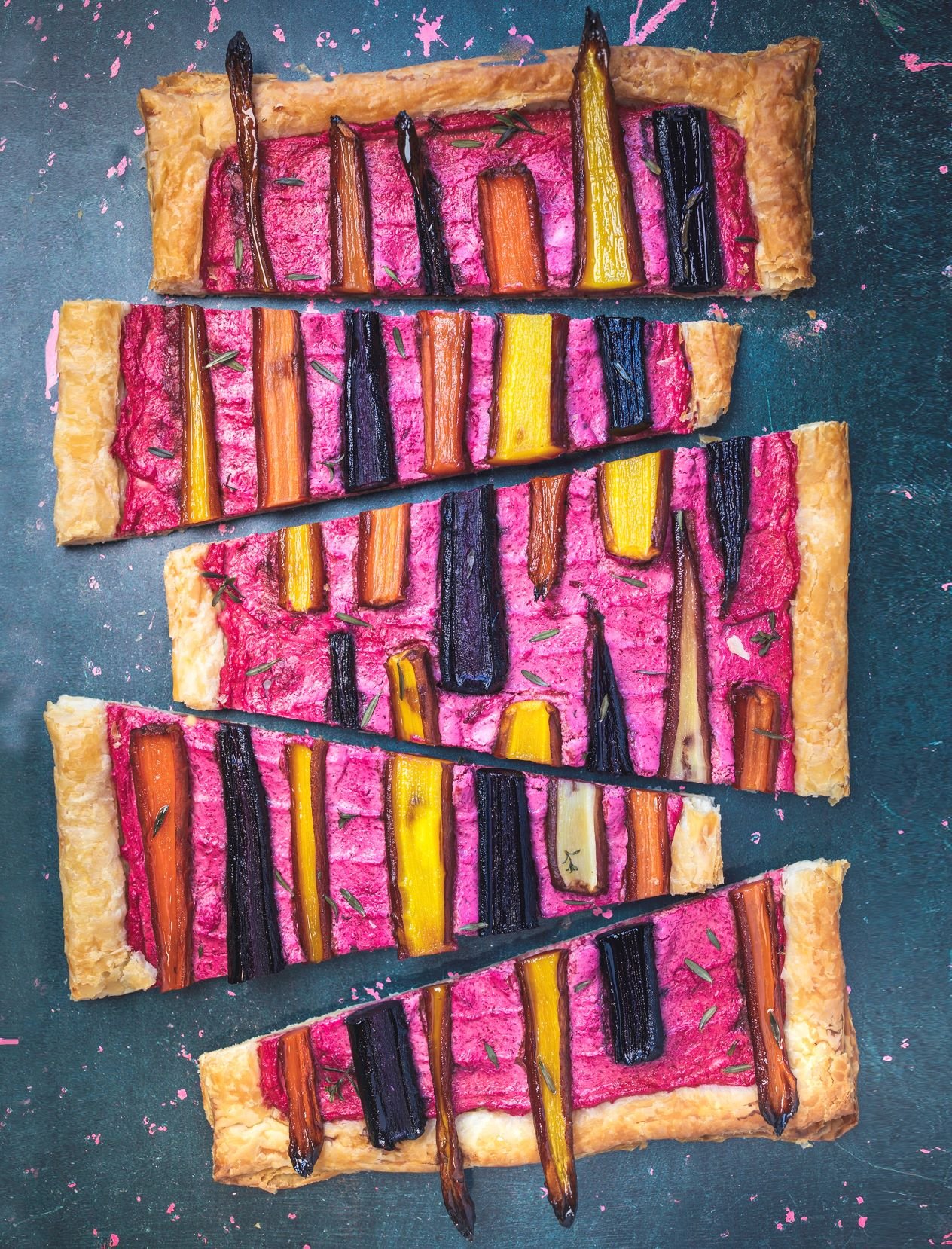Planting with the moon needn’t be a space odyssey. A little know-how goes a long way. Hear how Kate Turner and Will Heap grow biodynamic fruit and veg and raise free-range hens on their allotment - turn to page 112 of June's The Simple Things for more and read on for the biodynamic basics
Biodynamic gardening is similar to organic gardening in that they both work in harmony with nature, but biodynamic growing goes one step further. In a nutshell, soil fertility is enhanced with specific herb, flower and mineral preparations, and fruit and veg are grown according to the rhythms of the planets and moon. Crop rotation, rich compost and companion planting are also used to produce food that is stronger, tastier and has a higher yield. The basic premise is that you put more into the garden than you take out. We love gardening this way and have seen some great results, but it’s not meant to be a dogma and we don’t get bogged down by it. For us, the allotment will always be about the simple pleasure of getting our hands dirty and the joy of eating our own veg.
THE‘PREPS’: biodynamic preparations are specially formulated natural remedies that have various jobs to do around the garden. Yarrow, chamomile, nettle, oak bark, dandelion, valerian, equisetum, horn manure and horn silica preparations help to enliven the soil and increase the vitality of your crops. Make them yourself or buy ready- made from the Biodynamic Association UK.
MOON GARDENING: you don’t need to be an astronomer to garden by the moon – biodynamic gardening calendars are available to guide you. They suggest the best times to do allotment jobs, such as planting and pruning when the moon is descending, or harvesting when the moon is ascending. Sowing seeds just before the full moon is always a winner on our allotment.
CROP ROTATION: we rotate on a four-yearly cycle based on groupings of leaf, root, fruit and flower, each representing the part of the plant that we want to enhance and eat.
COMPOST: an amazing way to enrich your soil, literally putting back what you’ve taken out. Adding biodynamic preparations to your compost heap is also the most effective way of getting their benefits into your garden and onto your plate.
CPP: short for ‘cowpat pit’ and a brilliant natural fertiliser. We have a sunken half- barrel in the corner of our allotment that we fill with cowpats from a local farm. Add the preparations and cover; let it quietly rot down before using anywhere and everywhere on the allotment.
COMPANION PLANTING: widely used in both organic and biodynamic gardening to discourage pests and disease (see The Simple Things Issue 59). Try planting nasturtiums with broad beans to lure blackfly away from the crop, or chives with carrots to discourage carrot fly.
LIQUID TEAS AND NATURAL FERTILISERS: simple plant-based sprays to boost the health of your crops and stimulate growth. Submerge a sack of comfrey and nettle leaves in a water butt to create a potent (and very smelly) liquid fertiliser.
DYNAMISING LIQUIDS: vigorously stirring liquid manures and plant ‘teas’ into a vortex before use is thought to enhance the vitality of the liquid and strengthen the benefits for your plants. Our children love to see who can create the biggest whirlpool in the bucket!
HELP AT HAND
The Biodynamic Association UK: Great for advice and ready-made preparations.
Calendars: The Maria Thun Biodynamic Calendar is the most comprehensive. lunarorganics.com sells a simple version with a booklet to help get you started.
Biodynamic seeds: Stormy Hall and the Seed Co-operative produce top-quality open-pollinated seeds.
Books:
Biodynamic Gardening by DK, featuring advice from Kate and Will.
The Biodynamic Year by Maria Thun (Temple Lodge Publishing).
Biodynamic Gardening for Health and Taste by Hilary Wright (Floris).
Gardening with the Moon & Stars by Elen Sentier (Earth Books).








